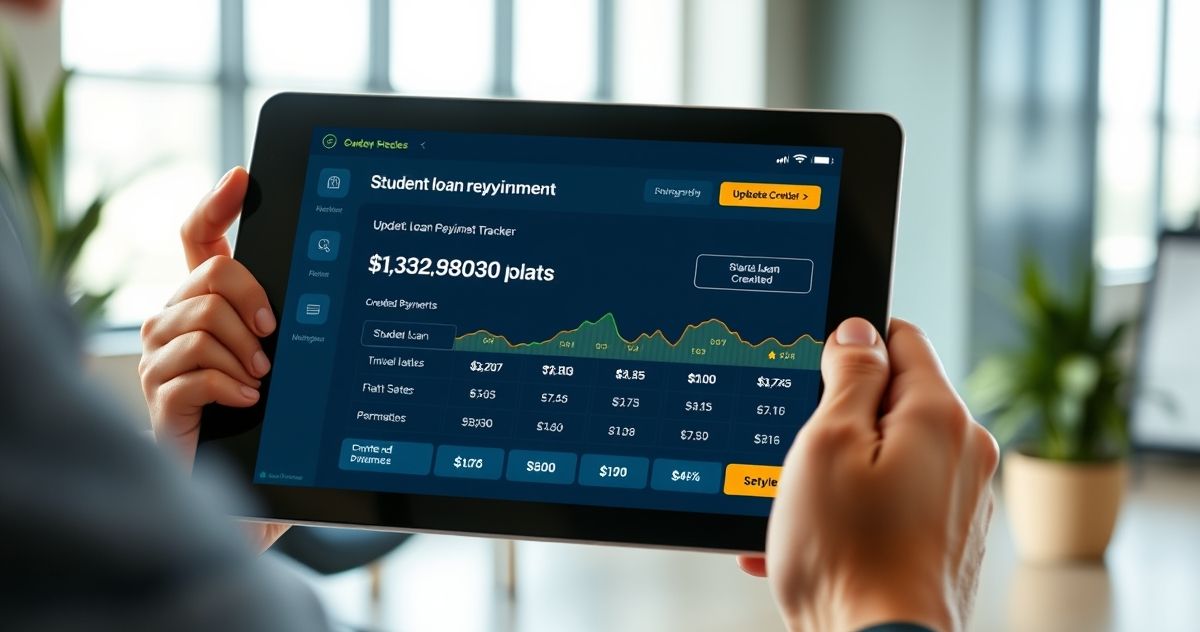Many federal student loan borrowers have faced challenges getting credit for their payments toward forgiveness programs like Income-Driven Repayment (IDR) plans and Public Service Loan Forgiveness (PSLF). The Student Loan Repayment Adjustment, also known as the IDR Account Adjustment, is a one-time correction by the U.S. Department of Education aimed at fixing past tracking errors in borrower payment histories.
Why Was the Adjustment Created?
Systemic issues and servicing errors meant many borrowers were pushed into ineligible repayment plans or extended forbearance, which typically do not count toward forgiveness. For example, loan servicers often recommended forbearance—pausing payments without canceling interest growth—when borrowers qualified for affordable IDR plans with payments as low as $0 that do count toward forgiveness (Student Loan Forbearance). This adjustment gives borrowers proper credit for these periods, promoting fairness and honoring the original intent of loan forgiveness programs.
How the Adjustment Works
The Department of Education automatically reviews eligible loan accounts and adjusts the count of qualifying payments. Borrowers do not need to apply, but you must have eligible loans. The recount credits include:
- Any month in a repayment status, regardless of plan type or payment amount.
- Forbearance periods totaling at least 12 consecutive months or 36 cumulative months.
- Economic hardship or military deferment periods since 2013.
- Repayment periods on loans prior to consolidation.
If the recount shows you meet forgiveness requirements (usually 240 or 300 payments for IDR, or 120 for PSLF), your remaining loan balance can be forgiven automatically. Even if you don’t qualify for immediate forgiveness, the adjustment will move you closer to your goal.
Who Is Eligible?
This adjustment applies to federal Direct Loans and Federal Family Education Loan (FFEL) Program loans held by the Department of Education. Borrowers with commercially owned FFEL, Perkins, or Health Education Assistance Loans (HEAL) must consolidate those loans into a Direct Consolidation Loan by the stated deadline to benefit.
Check official deadlines and guidance at StudentAid.gov.
What You Should Do
| Loan Situation | Adjustment Effect | Action Required? |
|---|---|---|
| Direct Loans only | Automatic review and update | No. Keep contact info current. |
| FFEL loans held by Dept. of Education | Automatic review and update | No. |
| Commercial FFEL, Perkins, HEAL loans | Must consolidate to qualify | Yes. Consolidate before deadline. |
| Paid off loans | Not applicable | None. |
Common Misconceptions
- It’s a scam: False. This is an official federal program.
- You must pay a company: No, it’s free and automatic.
- All debt will be wiped out: No. You must meet forgiveness criteria.
Frequently Asked Questions
When will adjustments appear? The Department of Education is phasing updates in 2024. Those meeting forgiveness milestones are notified first.
Is this the same as the PSLF Waiver? It’s related but broader. It makes permanent many benefits from the PSLF Waiver and applies to all qualifying borrowers.
Is forgiven debt taxed? Federal student loan forgiveness through 2025 is not subject to federal income tax, per the American Rescue Plan Act. Some states may tax forgiven amounts; consult a tax advisor.
For more on student loan forgiveness options, visit our Student Loan Forgiveness page or learn about Income-Driven Repayment plans.
Sources:
- U.S. Department of Education, IDR Account Adjustment
- NerdWallet, What Is the IDR Account Adjustment?
External Authority:
See official details at StudentAid.gov for up-to-date information.



